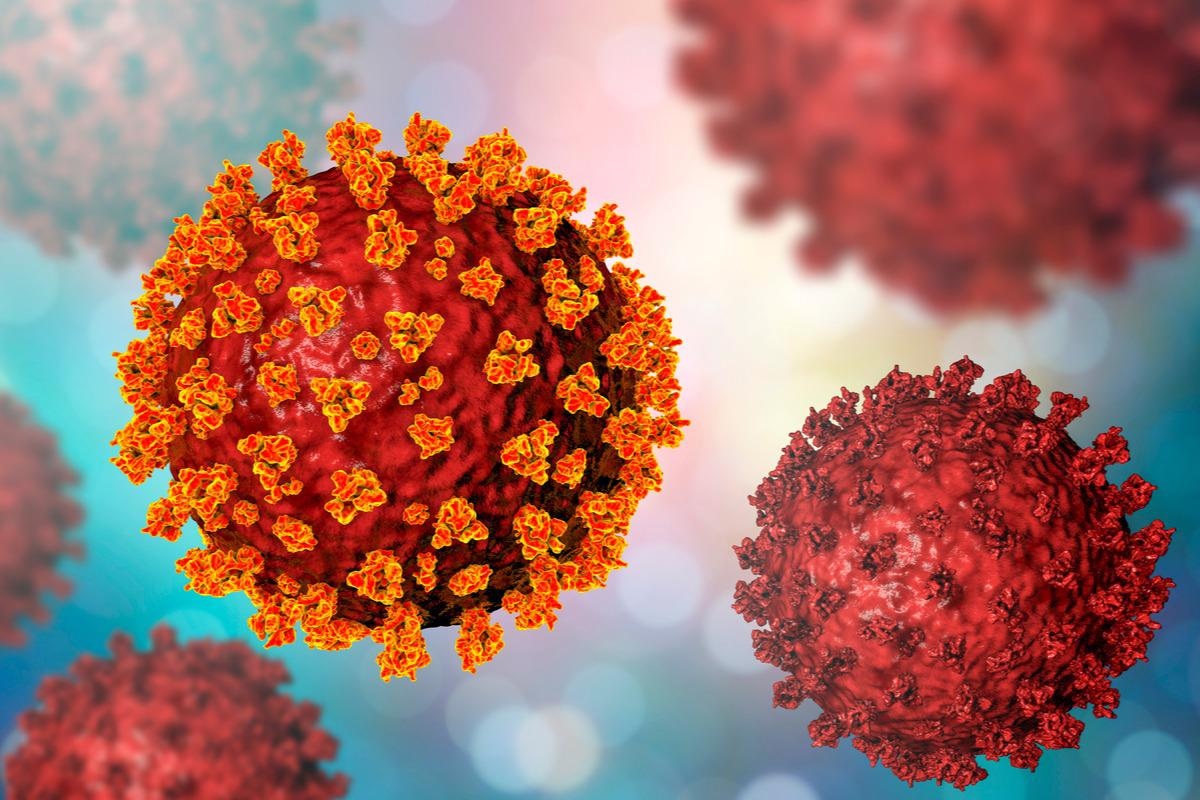In a recent study posted to the bioRxiv* preprint server, researchers demonstrated the involvement of transfer ribonucleic acid (tRNA)-derived RNA fragment (tRf) in coronavirus disease 2019 (COVID-19) and identified various novel small non-coding RNA (sncRNAs) derived from severe acute respiratory syndrome-associated coronavirus 2 (SARS-CoV-2) termed as svRNAs.
 Study: Changes of small non-coding RNAs by severe acute respiratory syndrome coronavirus 2 infection. Image Credit: Kateryna Kon/Shutterstock
Study: Changes of small non-coding RNAs by severe acute respiratory syndrome coronavirus 2 infection. Image Credit: Kateryna Kon/Shutterstock
The underlying molecular mechanisms of the COVID-19 pandemic caused by SARS-CoV-2 are not well established. The sncRNAs have regulatory functions in various biological processes including the regulation of host response to viral infection. sncRNAs include microRNAs (miRNAs), Piwi-interacting RNAs (piRNAs), tRFs, and small nucleolar RNAs (snoRNAs). The tRFs are a recently emerged subfamily of sncRNAs and have a significant role in the regulation of host-virus interaction. Due to the limitations in sequencing technologies, not much data about the SARS-CoV-2 impact on sncRNAs expression is available.
The study
In the present study, the researchers identified remarkable differences in the profiles of sncRNA with heterogeneous ends among the COVID-19 infected and non-infected individuals using a modified next-generation sequencing (NGS) called T4 PNK‐RNA‐sequence. A modified quantification real-time polymerase chain reaction (qRT-PCR) was used to quantify and validate the tRFs derived from the nasopharyngeal swabs (NPS) and airway epithelial cells of SARS-CoV-2 patients.
Thirteen anonymous NPS samples including seven SARS-CoV-2 negative samples and six positive samples were collected from patients who were tested for COVID-19 in out-patient clinics of the University of Texas Medical Branch (UTMB) in April 2020. The RNAs were extracted using the mirVana PARIS Kit and were subjected to deep sequencing and qRT-PCR. The impact of SARS-CoV-2 on sncRNAs was determined using the T4 PNK‐RNA‐sequence.
The African green monkey kidney epithelial cells (Vero E6), small airway epithelial cells (SAECs) isolated from the lungs, and human alveolar type II-like epithelial cells expressing human angiotensin-converting enzyme 2 (A549-ACE2) were used in the study.
Additionally, the SARS-CoV-2 strains were obtained from the World Reference Center for Emerging Viruses and Arboviruses (WRCEVA) at the UTMB and viral titers were determined using plaque assay. A549-ACE2 and SAECs cells were infected with the virus under laboratory conditions. The sncRNAs expression was evaluated using the qRT-PCR and the tRF5-GluCTC was analyzed using hybridization in Northern blot (NB).
Results
The results indicated that there is a change in sncRNA expression followed by SARS-CoV-2 infection. The sequencing data from T4 PNK-RNA-sequence show that NPS piRNAs and tRFs had higher global expression than miRNAs. The svRNA derived from the 346 to 382 genomic sites of SARS-CoV-2 (sv-CoV2-346) had the highest expression. The sequencing data from NB data of tRF5-GluCTC and the qRT-PCR result were also consistent with the T4 PNK-RNA-sequence data.
The four novel tRF5s identified in the study were tRF5-GlyCCC-6-1, tRF5-GluTTC-1-2, tRF5-SecTCA-2-1, and tRF5-LysCTT6-1. These new tRfs lacked first 10-15 nucleotides of the tRNA 5’end and were sub-grouped as tRF5DC.
The comparison between the tRF induction by the respiratory syncytial virus (RSV) and SARS-CoV-2 to demonstrate the virus-specific tRF induction indicated that tRF5-ValCAC were only induced by SARS-CoV-2 whereas tRF5-GlyGCC were only induced by RSV.
The sequencing data revealed the presence of a significant amount of svRNAs in the SARS-CoV-2 patients’ NPS and the amount varied among participants. The svRNA, sv-CoV2-346 was also identified from the SARS-CoV-2 infected A549-ACE2 cells. The qRT-PCR results indicated that sv-CoV2-346 had a non-specific band and a specific band around 55nucleotide.
New SARS-CoV-2 svRNAs, which were longer than miRNAs, were identified from the study. The most abundant svRNA was sv-CoV2-346 and it lacked the 3’-OH as T4 PNK treatment was required for sv-CoV2-346 detection. A 68 nucleotide sv-CoV2-314 was identified which may be a precursor of 36 nucleotide sv413 CoV2-346 and may have structural similarity with tRNA.
Conclusion
According to the authors, this is the first study demonstrating the alteration in the tRF function by SARS-CoV-2. The study revealed new long sv-COV-2 using T4 PNK pretreatment and qRT-PCR and also identified piRNAs and tRFs as the most abundant sncRNAs in COVID-19 positive samples. The authors intend to categorize the biogenesis and mechanisms of the newly detected COVID-19-associated sncRNAs and the relationship between viral load and SARS-CoV-2 disease severity in future studies.
The tRF5 detection data obtained from T4 PNK-RNA-sequence in this study were reliable as there was consistency among the T4 PNK-RNA-sequence data, NB data of tRF5-GluCTC, and qRT-PCR result. Since the newly detected tRF5s span the complete region of the D loop and the first half of the anticodon loop, they were sub-grouped as tRF5DC. The tRF5DC and ordinary tRFs may have different biogenesis mechanisms since they were from different isoacceptor tRNAs.
Further studies are required for a comprehensive understanding of the mechanism of host protein utilization by the virus to produce small viral RNA fragments.